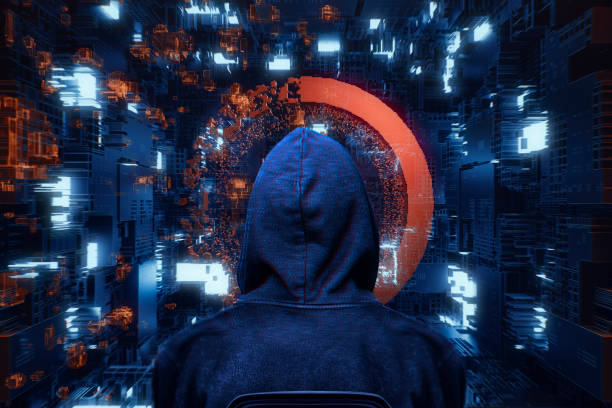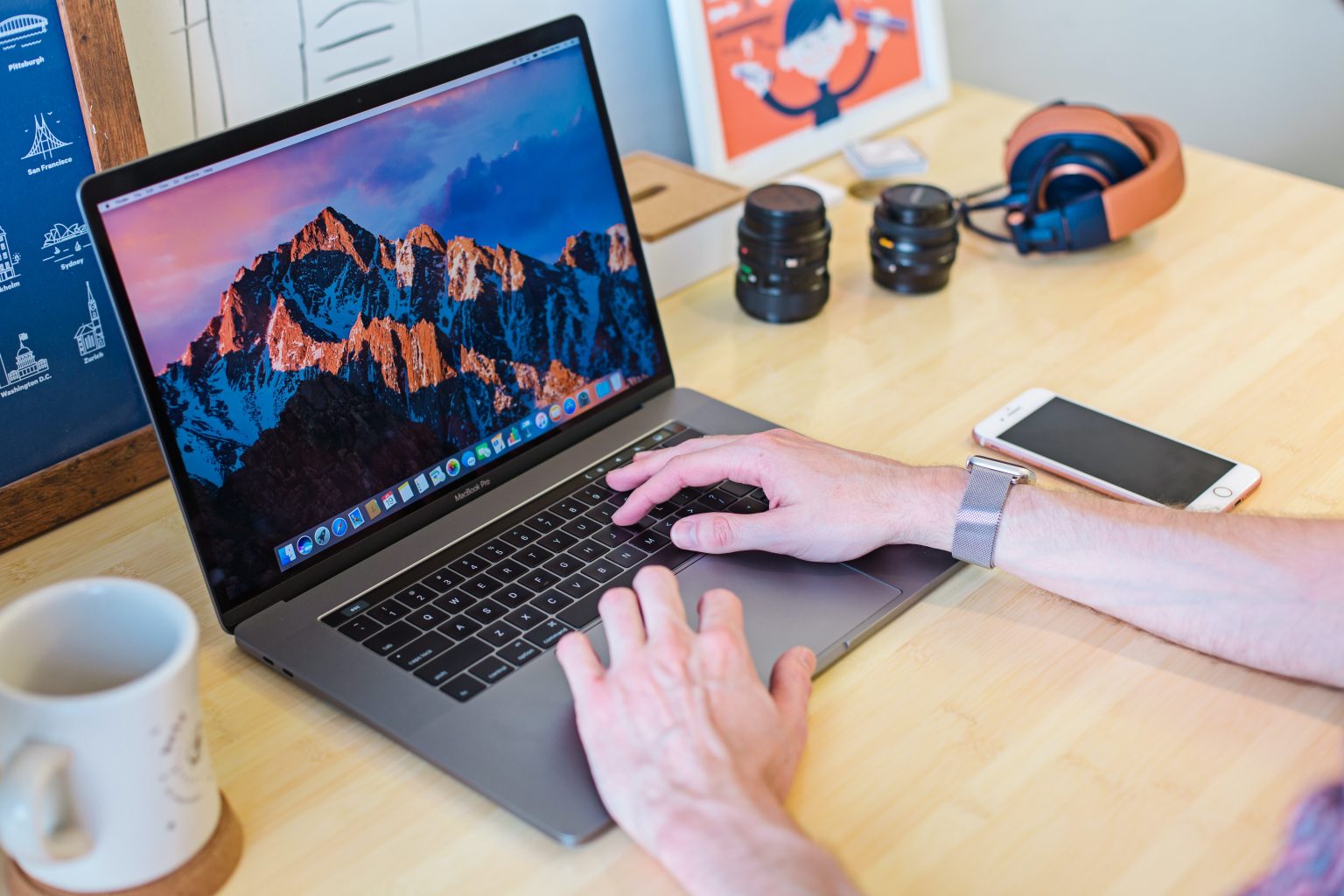In a world where the most secure facilities, systems, and enterprises depend on biometric verification for security purposes, spoofing attacks are one of the most important concerns. These attacks can seriously hamper the smooth running of many essential processes.
Many companies have created some modern methods to prevent these kinds of attacks through elaborate spoof detection. These tools can help to prevent these kinds of attacks and protect important assets and processes.
So, let’s discuss just how problematic face spoofing can be, and what is being done to prevent it.
The Different Kinds of Face Spoofing
Face spoofing generally tends to fall into three different types:
1) Image Attack
This kind of attack involves a high-quality image of a person’s face, that the attacker uses in an attempt to trick the system into believing that the person in the photo is the one trying to gain access.
2) Video Attack
This method is one level above the previous one in terms of the attack’s sophistication. As the name implies, in this approach, the attacker uses a high-quality video of an approved person’s face to try to make the system think it is the real person. The additional facility of the natural movement and behavior of the person adds a layer of trickery for the face spoof detection system to try to combat.
3) Silicone Mask Attack
This is easily the most elaborate method of tricking the system out of the three. A mask that imitates the face of the individual approved by the system is made. It attempts to create a photo-realistic imitation of a face to manipulate the system and gain access to a prohibited system. This is the most difficult and most dangerous kind of attack when done well because it can even trick some advanced facial spoof detection mechanisms.
The Impact of Face Spoofing Attacks
According to a report by the FBI, there are over 100,000 identity fraud and data breaches that occur on an annual basis. Spoofing is a vastly underestimated malicious activity that can cause harm to individuals in many different ways.
Security
One of the ways that these systems can be manipulated is to gain access to buildings that use facial recognition systems to allow access. Tricking these systems to gain access to secured or prohibited buildings and facilities can cause huge problems as someone with ill intent can take advantage of them and steal or copy important or confidential information. This could be anything from trade secrets, financial records, or identification documents.
Fraud
In one of the more common negative activities that are done by face spoofs, stolen identities are used to engage in various kinds of impersonation-based fraud. This can include siphoning money from a bank account or other financial system by tricking an identity verification software, taking out loans in someone else’s name, and many other kinds of fraud.
Privacy
Face spoofing can also cause and create privacy issues as it might be possible to gain personal information about a person by tricking identification systems that contain such information. It is possible in some cases to gain information that can be used to track an individual, and even manipulate their digital image without their knowledge or consent.
The Methods of Spoof Detection
In the interest of combating modern spoofing, a new kind of technology has emerged to prevent the loss of data, information, and money. This technology is known as liveness detection.
Liveness detection uses the technological advancements that come from the invention of AI to further enhance facial security systems. This form of AI spoof detection works to scan beyond just the face itself to check if the person providing the input is present in the room or not.
Liveness detection works on one of two mechanisms:
1) Active Liveness Detection
Active liveness detection as the name implies involves a more interactive process to identify whether a live person is present. In this mechanism, the facial identification system prompts some form of additional input from the user, like turning their head or smiling, to detect if their movements seem indicative of a natural human being.
2) Passive Liveness Detection
Passive liveness detection works more in the background and is thus a more seamless, less intrusive, and fast process of detecting liveness. In this mechanism, the identification system passively checks the natural movements and features of a real face, like blinking, facial texture, and scrunching to identify whether the input presented is from a real person or not.
Conclusion
Face spoofing majorly negatively impacts many different industries and systems, causing in many cases the loss of money, and often information and privacy. Methods of online spoof detection like active and passive liveness detection can help to prevent major loss and safeguard confidential information.


